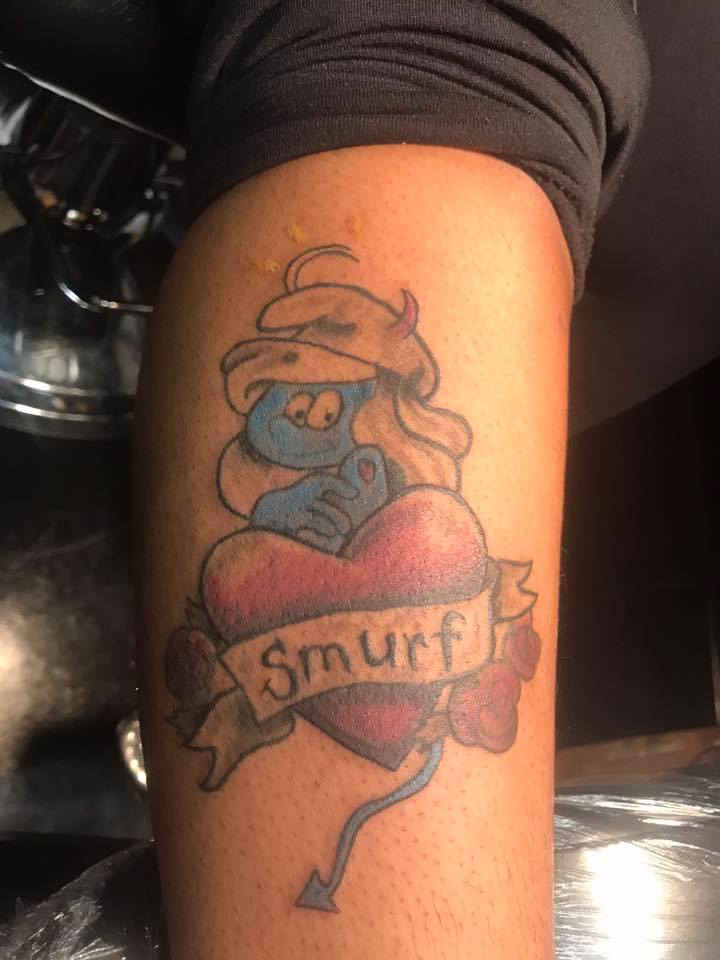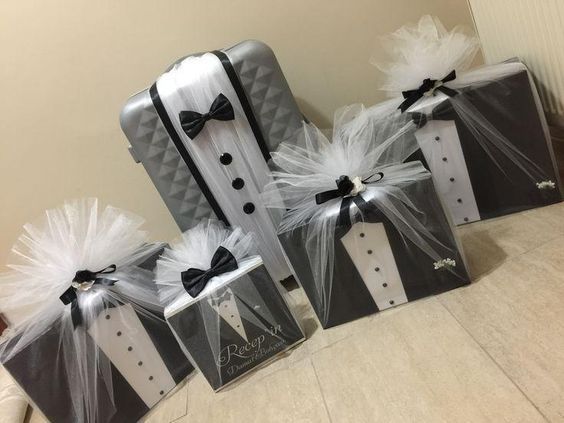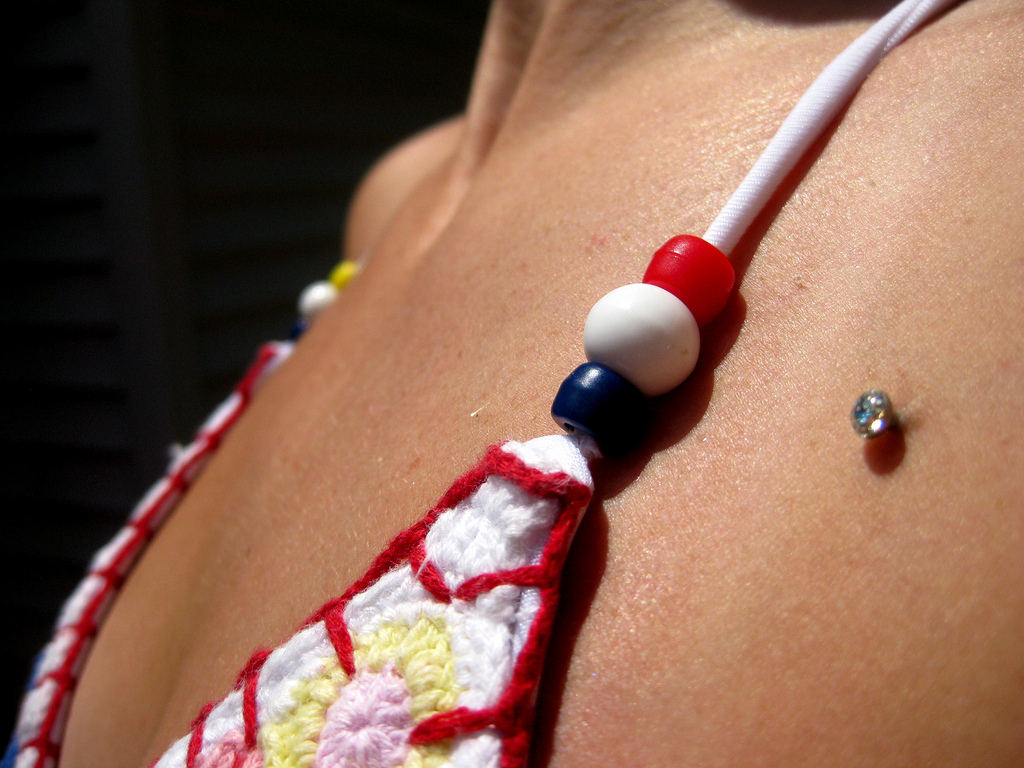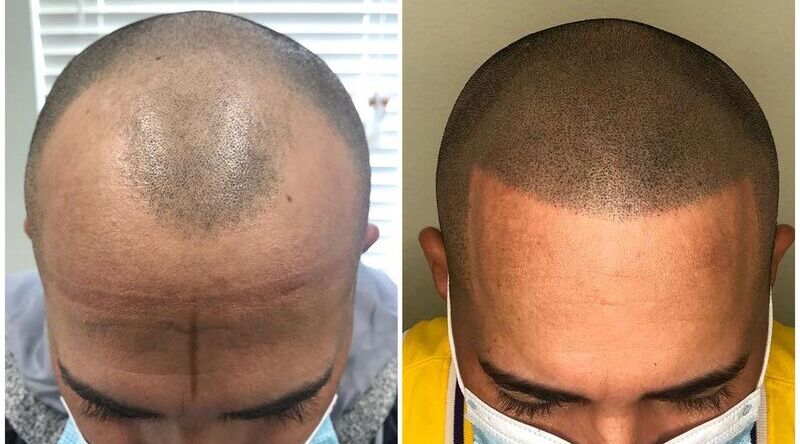The Pedagogy Of Dermal Punching: Everything You Need To Know
How safe is it to change the jewelry (and how frequent?)
Well, once your dermal piercing is totally healed, which will take about two to three months, you can easily change your external jewelry. You must refer to your piercer for the change to avoid any complications like displacement of the anchor. You must take special care of not changing it during the healing process otherwise it can cause displacement of the anchor. However, if you still decide to do it yourself, there are certain rules that you must follow:
- The first step is to wash your hands using an antibacterial soap before you touch the area.
- Clean the pierced area with a saline solution to disinfect it.
- Make sure it is completely dry afterward.
- Moving in an anti-clockwise direction, unscrew the jewelry. Do not unscrew forcefully and if you feel the jewelry is stuck, see your piercer as they use forceps to help it unscrew.
- Screw the new jewelry that you want to put in a clockwise direction.
- Clean the area again with the saline solution and pat it dry afterward.
What if you decide you no longer want the dermal piercing?
Seeing your piercer remove the dermal piercing is the best advice that can be given. Avoid doing it yourself at your home. It would further complicate the process and lead to bleeding or infection. Your piercer will follow this process:
- The first step is to use clean hands to sterilize the pierced area and then pat it dry.
- The next step is to unscrew the jewelry.
- Use the massaging technique to dislodge the anchor.
- Make a small incision using a scalpel relative to the size of your anchor.
- By using the scalpel again, he may remove any scar tissue around the piercing area.
- The anchor would then be pulled out of the skin by using forceps.
- The area would then be covered with a bandage and allow to heal.
It is advisable to get your piercing removed from the same place and the same person you got it from in the first place. However, if you decide to go ahead with a general practitioner or cosmetic surgeon, you must talk to your piercer first. If there are any complications, the piercer would inform you immediately and discuss the follow-ups.



















